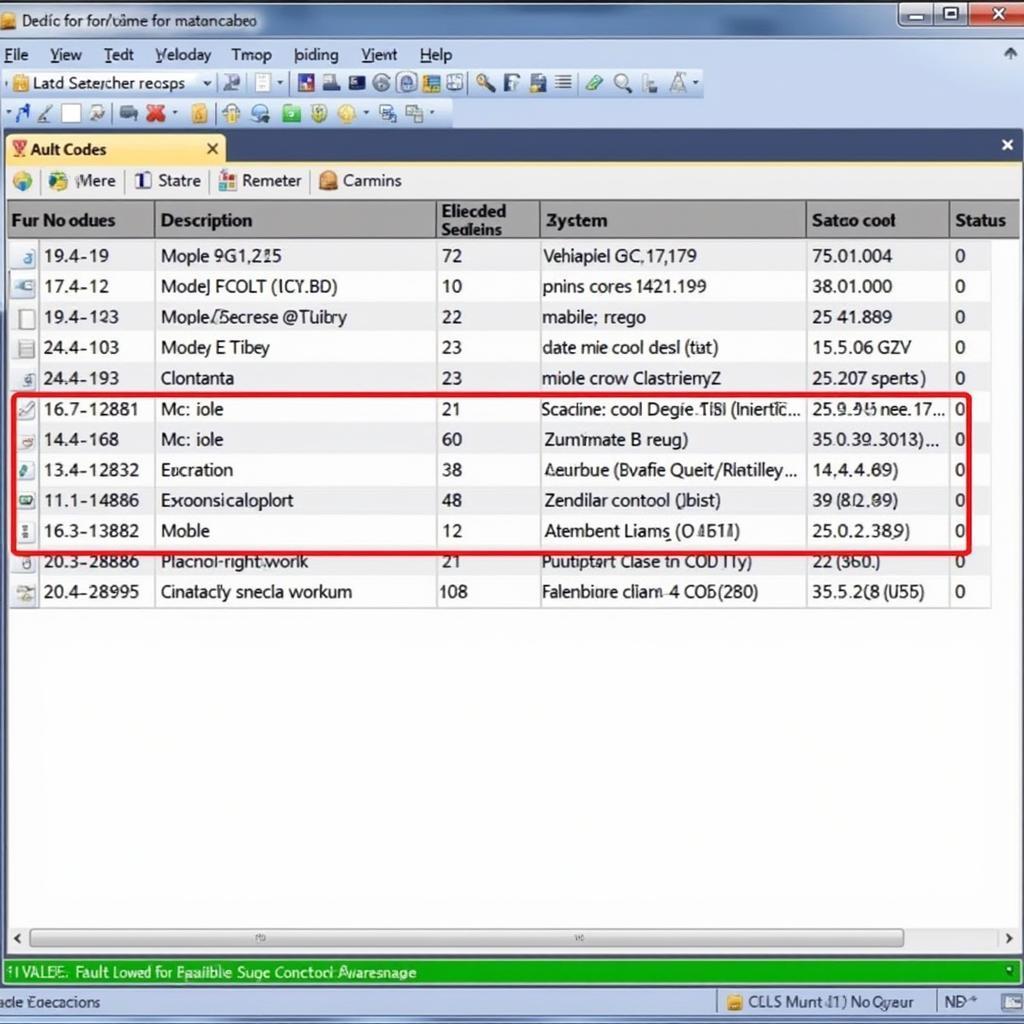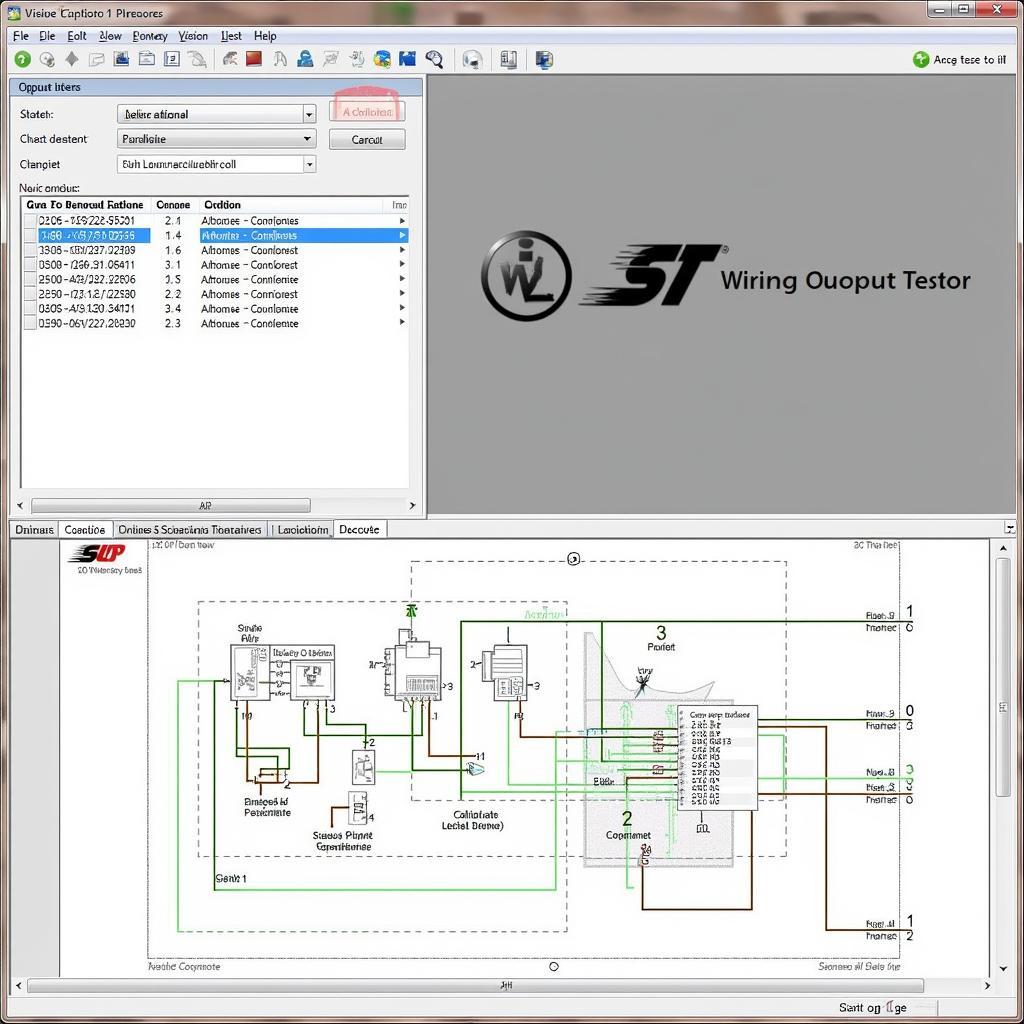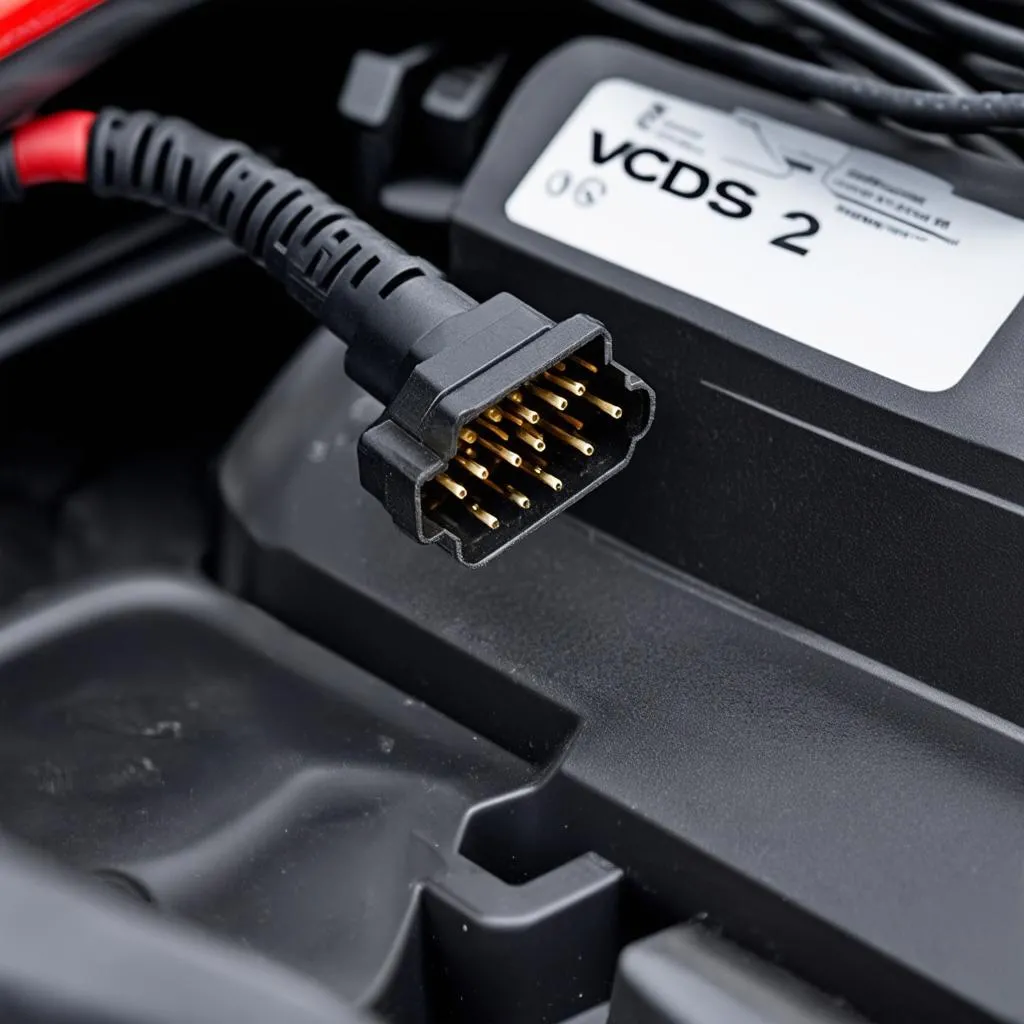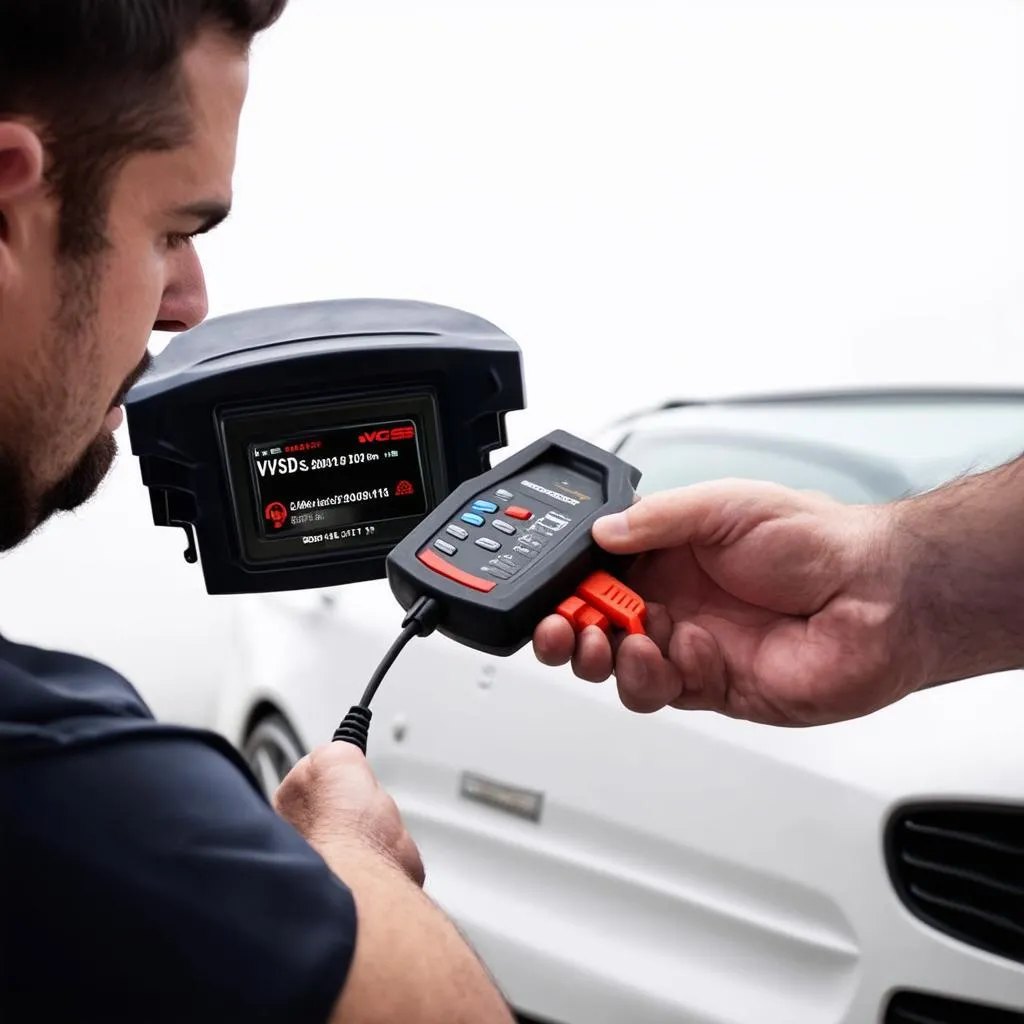VCDS 17.1.3 is a powerful diagnostic tool for Volkswagen, Audi, Seat, and Skoda vehicles. This guide will walk you through how to use VCDS 17.1.3 effectively, covering everything from basic diagnostics to advanced coding. Whether you’re a seasoned technician or a car enthusiast, this comprehensive guide will provide valuable insights. vcds 17.1 3
Getting Started with VCDS 17.1.3
Before diving into the functionalities of VCDS 17.1.3, it’s essential to understand the basics. This involves installing the software, connecting the interface to your vehicle’s OBD-II port, and configuring the settings. Ensure you have the correct drivers installed for your specific interface cable.
Once connected, the software will identify your vehicle’s control modules. This is the starting point for performing diagnostics, reading fault codes, and making adjustments.
Reading and Clearing Fault Codes with VCDS 17.1.3
One of the primary uses of VCDS 17.1.3 is reading and clearing fault codes. When your car’s check engine light illuminates, VCDS 17.1.3 can pinpoint the specific issue. The software provides detailed descriptions of each fault code, making troubleshooting much easier.
How do I clear fault codes?
After addressing the underlying issue, you can use VCDS 17.1.3 to clear the fault codes. This resets the check engine light and allows you to monitor for any recurring problems. Remember, simply clearing codes without fixing the issue is not a solution.
 VCDS 17.1.3 Fault Code Reading
VCDS 17.1.3 Fault Code Reading
Advanced Coding and Adaptations with VCDS 17.1.3
Beyond basic diagnostics, VCDS 17.1.3 offers advanced coding and adaptation functionalities. This allows you to customize various vehicle settings, such as convenience features, lighting options, and even certain performance parameters. However, exercise caution when making these adjustments, as improper coding can negatively impact your vehicle’s performance.
What are some common coding modifications?
Common coding modifications include enabling/disabling daytime running lights, adjusting automatic locking/unlocking behavior, and customizing the coming/leaving home lighting functions. Always refer to reliable sources and forums for specific coding instructions.
“Understanding the implications of coding changes is crucial. Always research thoroughly before implementing any modifications,” advises Michael Schmidt, Senior Automotive Diagnostics Engineer at AutoTech Solutions.
Performing Output Tests with VCDS 17.1.3
VCDS 17.1.3 also enables output tests, which allow you to activate specific components, like relays, motors, and lights, directly from the software interface. This is incredibly useful for diagnosing electrical issues and verifying the functionality of individual components. vcds 17.1 3
 VCDS 17.1.3 Output Tests
VCDS 17.1.3 Output Tests
Keeping Your VCDS 17.1.3 Updated
Regularly updating your VCDS 17.1.3 software is essential for ensuring compatibility with the latest vehicle models and accessing new features. Updates often include bug fixes and performance improvements, ensuring a smooth and reliable diagnostic experience.
“Staying up-to-date with the latest VCDS software is paramount for accurate diagnostics and accessing the full potential of the tool,” emphasizes Dr. Emily Carter, Lead Diagnostics Specialist at Automotive Research Institute. vcds 17.1 3
Conclusion
VCDS 17.1.3 is an invaluable tool for anyone working on VAG vehicles. From basic fault code reading to advanced coding, its versatility makes it a must-have for DIYers and professionals alike. By understanding its functionalities and following best practices, you can leverage the power of VCDS 17.1.3 to maintain and enhance your vehicle’s performance.
FAQ
- Is VCDS 17.1.3 compatible with all VAG vehicles?
- How do I update my VCDS 17.1.3 software?
- What are the system requirements for running VCDS 17.1.3?
- Where can I find reliable coding instructions for my specific vehicle?
- Can I damage my car by using VCDS 17.1.3 incorrectly?
- What is the difference between a genuine and a cloned VCDS cable?
- How can I contact support if I encounter issues with VCDS 17.1.3?
Need support? Contact us via WhatsApp: +1 (641) 206-8880, Email: [email protected] or visit us at 276 Reock St, City of Orange, NJ 07050, United States. We offer 24/7 customer support.



